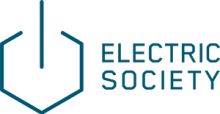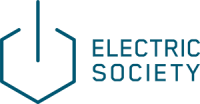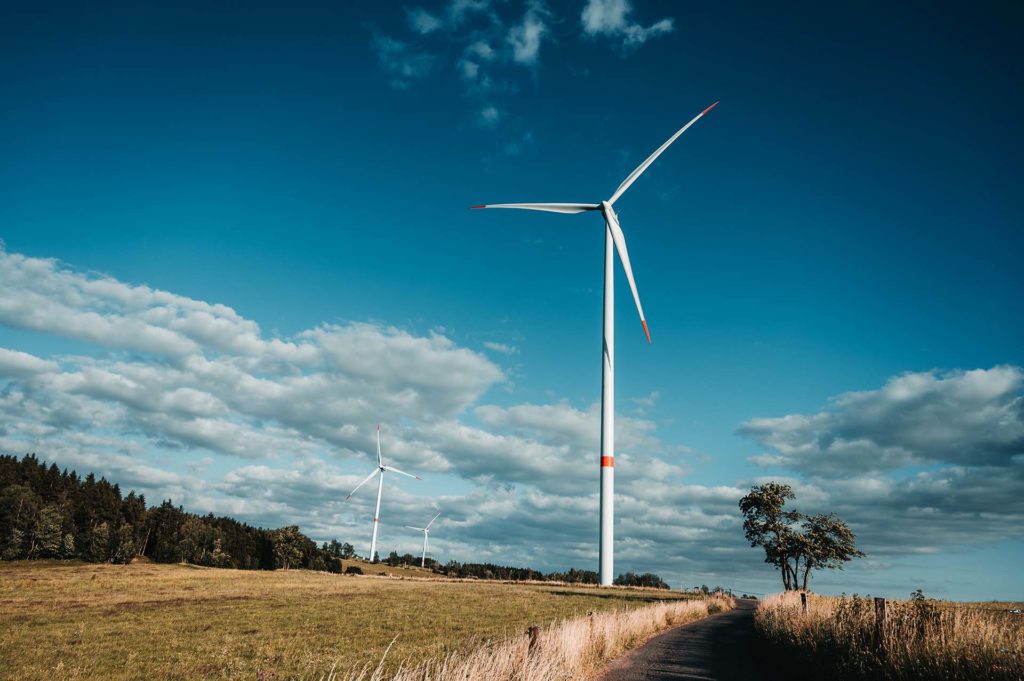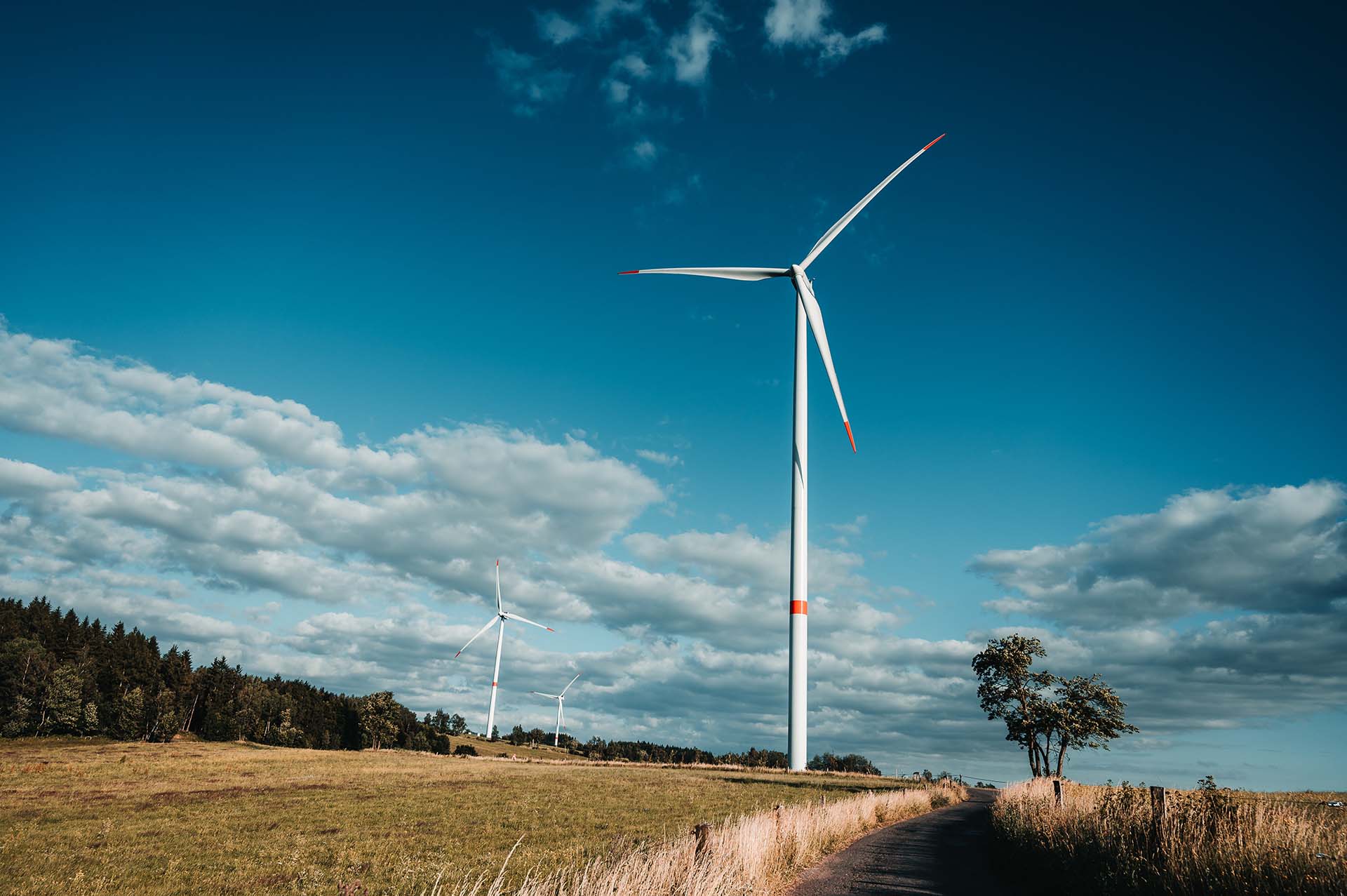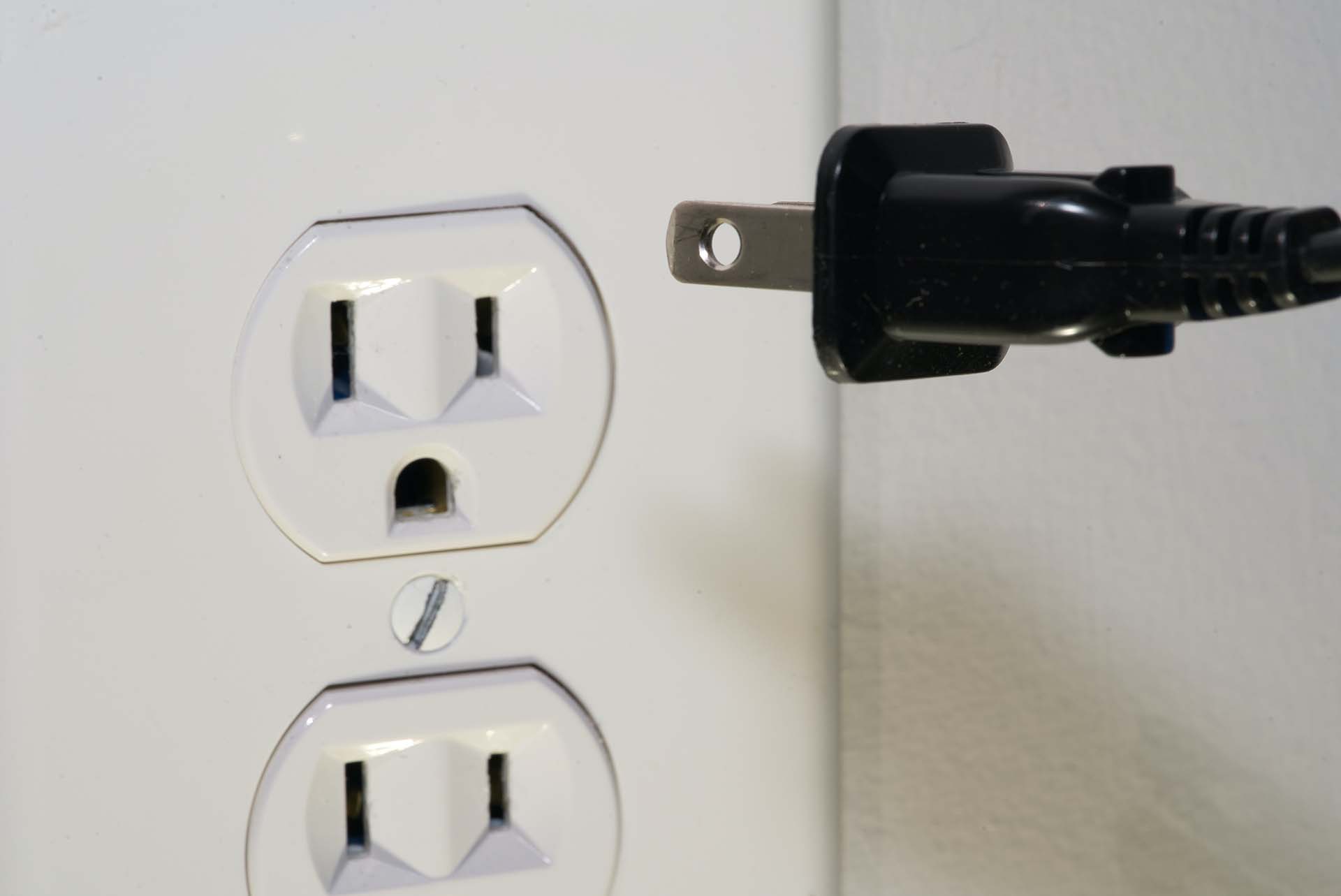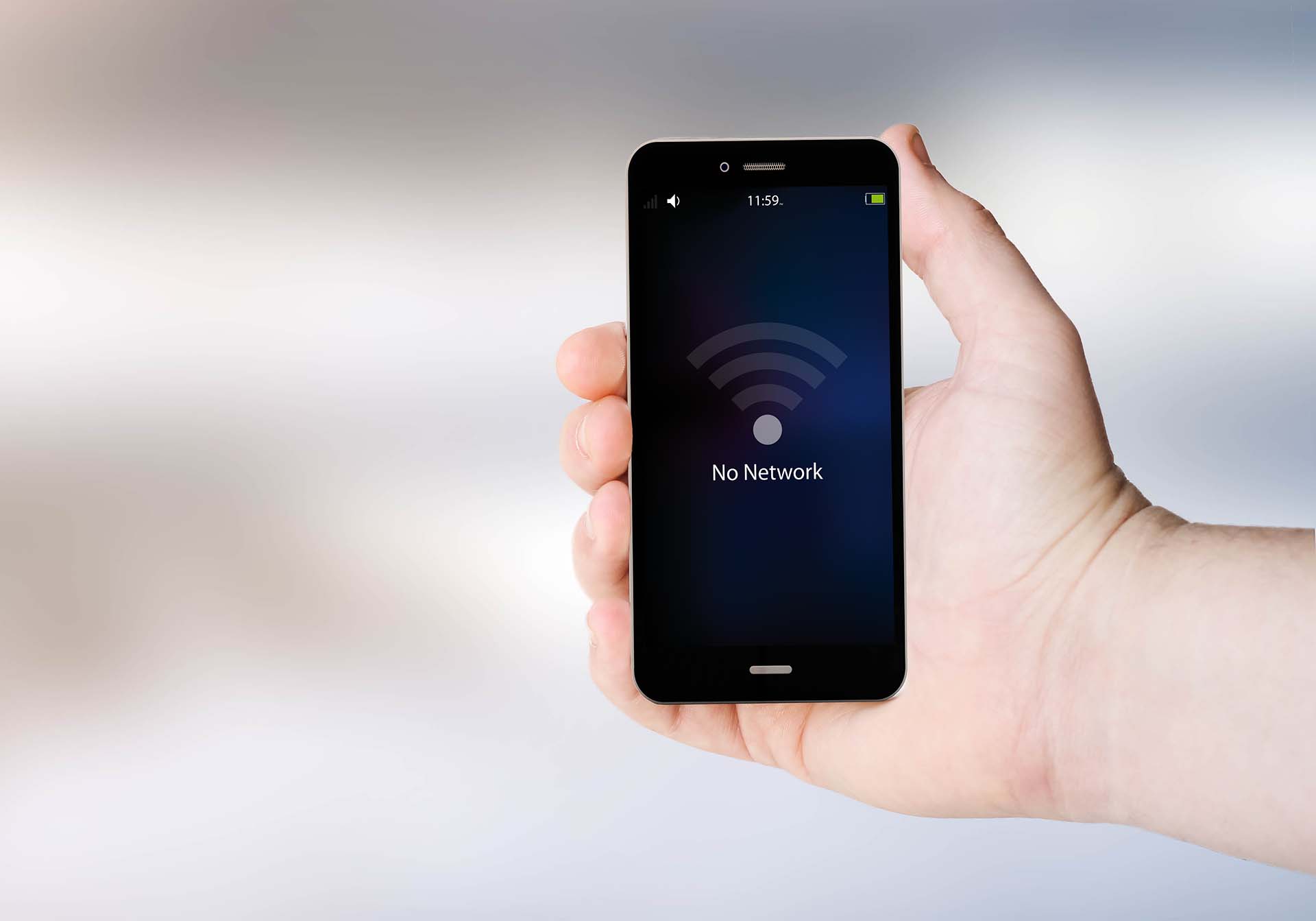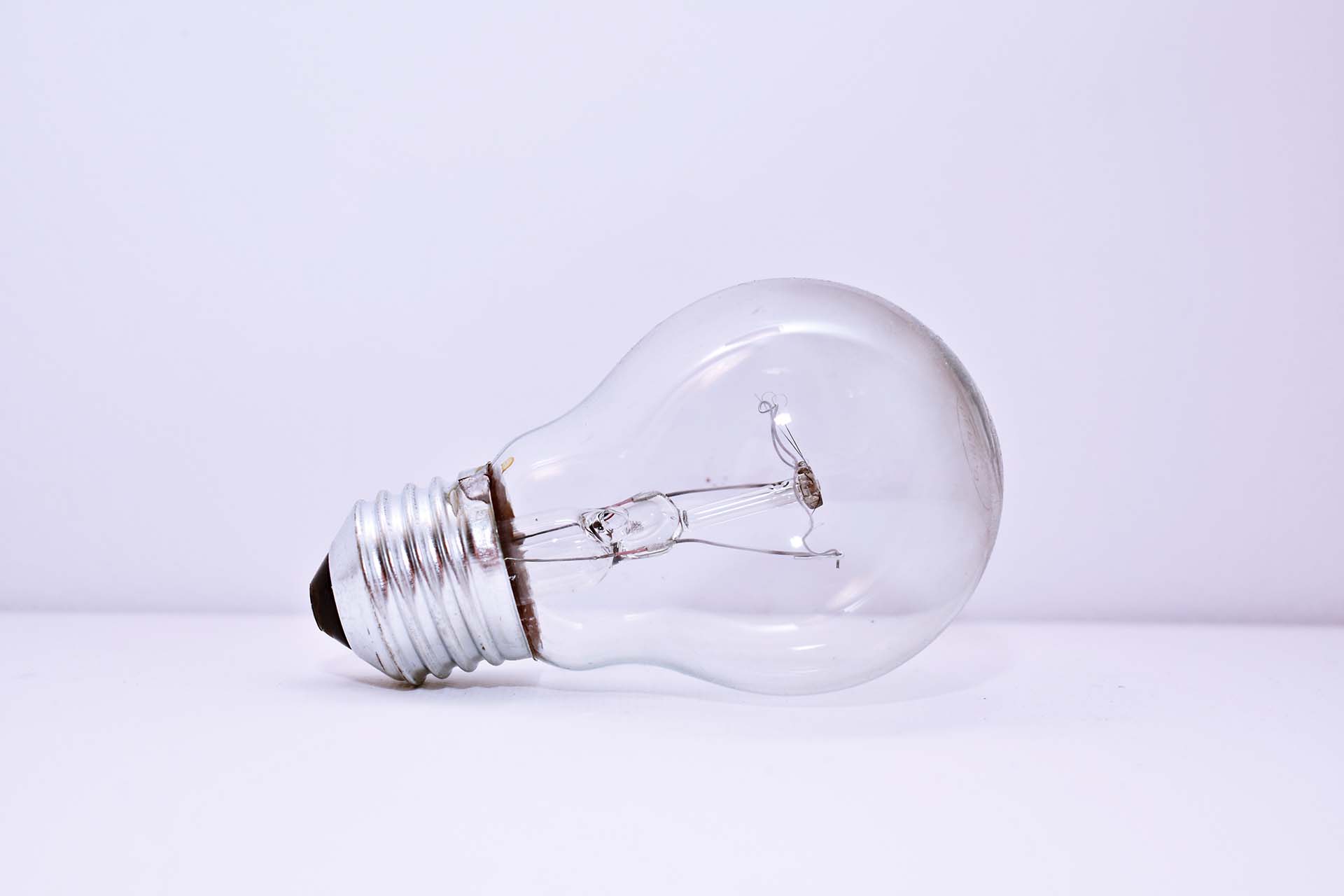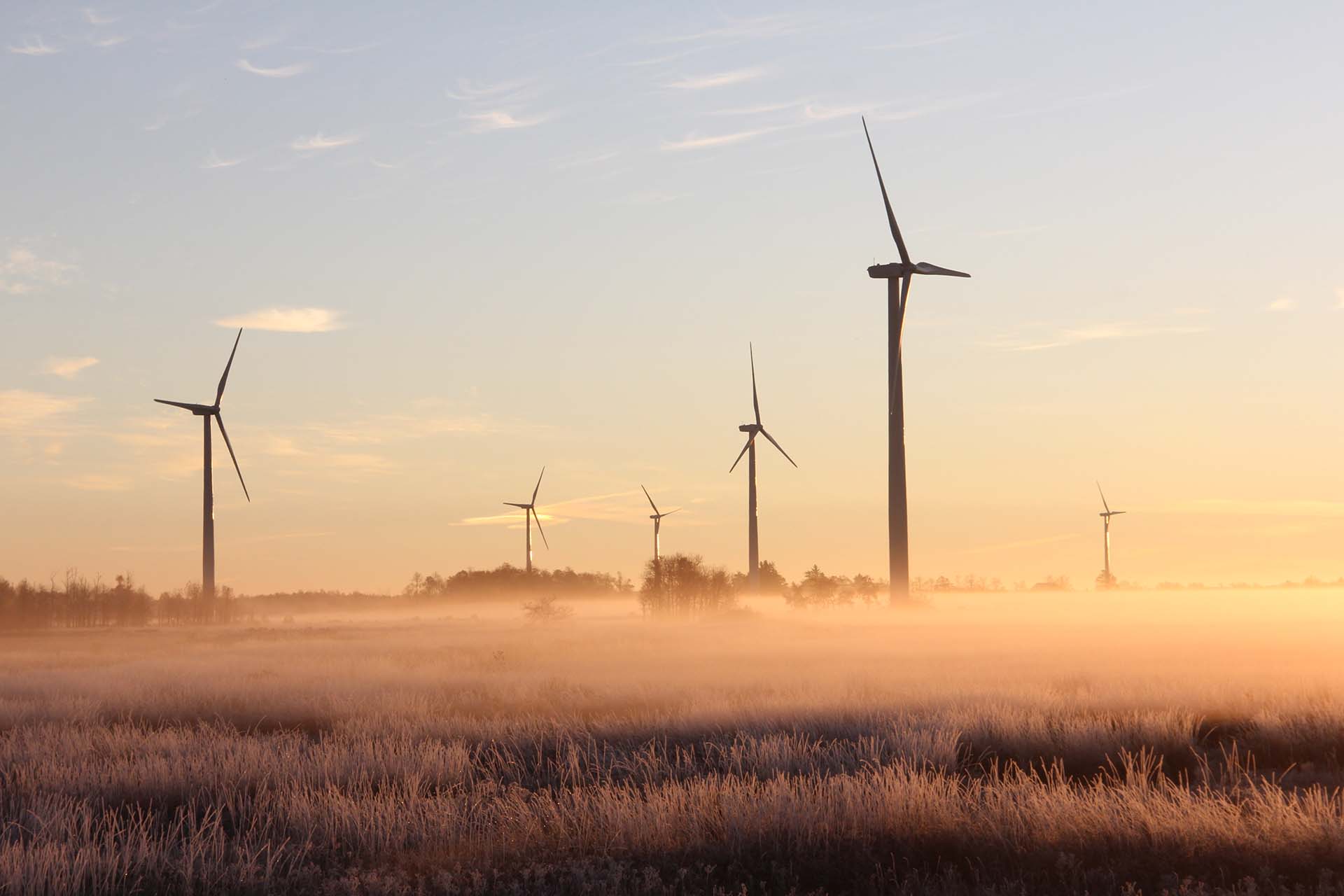The dispute that lasted for more than a decade in the late 19th century, AC vs. DC, between Nikola Tesla and Tomas Edison, seems to revive nowadays. There is no doubt that the alternating current, a brilliant invention of Serbian scientist Nikola Tesla, has changed the world we know today. But will we see Edison’s revenge in the future by switching to DC?
The question remains will AC still be the main current to power up our homes, or will we see more DC in usage in years to come. Nowadays, both DC and AC are used vastly, and each of them has its pros and cons. Let’s see why there is a need to use two currents, and is it possible for one to prevail over the other?
What Is an Alternating Current?
An alternating current is a type of current in which positive and negative sides are periodically changing, switching the electricity flow or direction. The power is created by alternators spinning a wire loop inside the magnetic field. The AC is the one we all have in our homes, and it is produced by plants and transmitted to our homes. The AC comes in the form of sinusoidal waves, allowing the AC to travel long distances, which is why this current is still mainly used in the world.
Characteristics of AC
Generating and transmitting the AC is relatively easy across large distances due to the high voltages (over 10kV) and less energy lost in transmission because higher voltages mean lower currents, and lower currents produce less heat in the wire. And one of the greatest advantages of AC is that it can easily be converted to and from high voltages using transformers. AC can also charge electric motors where motors convert electric energy into a mechanical one. That is why AC is used for large home appliances such as dishwashers, refrigerators, and so on.
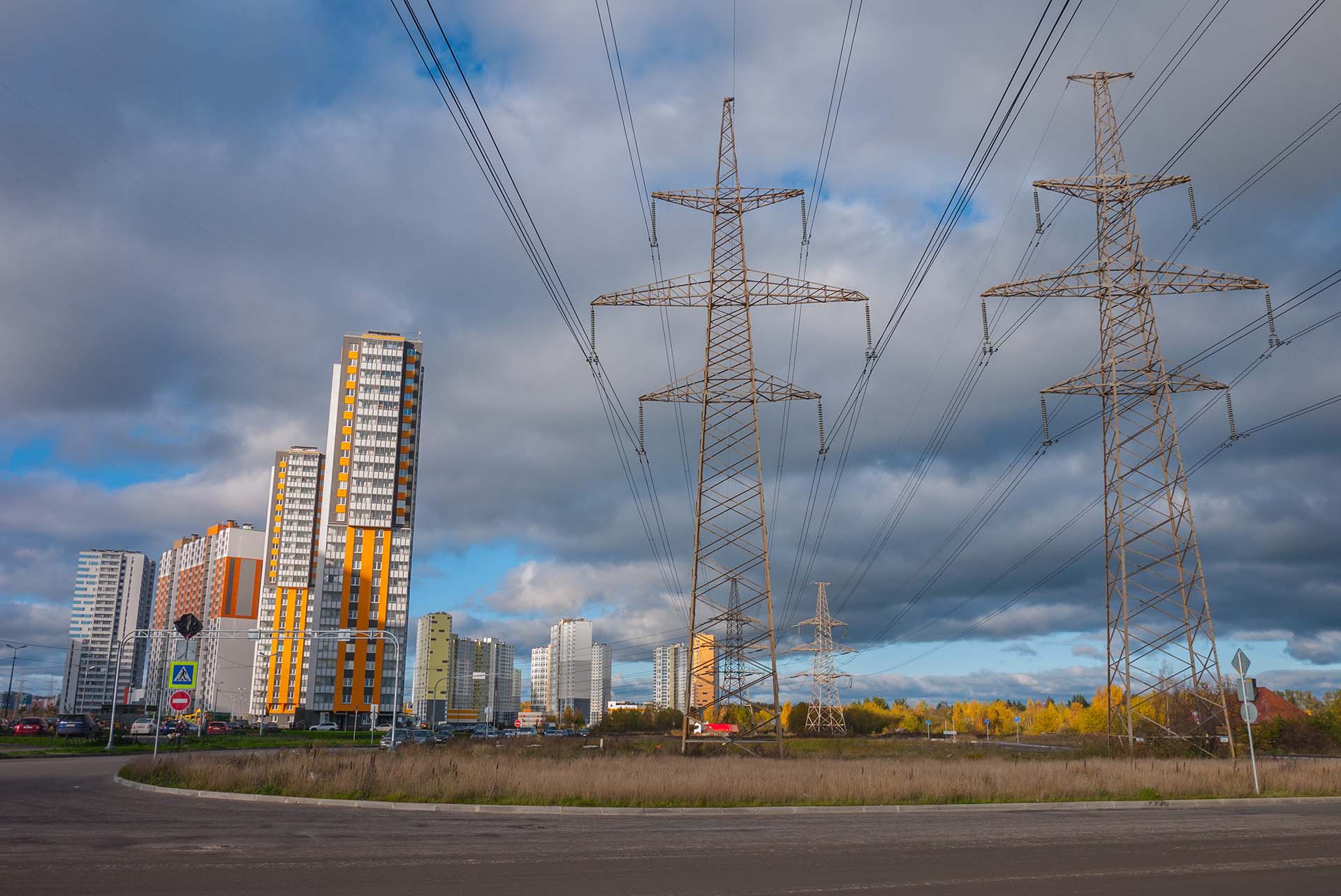
What is Direct Current?
As opposed to AC, direct current doesn’t have oscillations in voltages. It produces an electricity flow that only goes in one direction, forward. In DC, electrons move in a straight line, and this kind of current comes from batteries, solar cells, fuel cells, and rectifiers that convert DC to AC.
Since the flow of the DC is constant, so is the voltage, and since the constant voltage is delivered, most electronics require this type of electricity. Nowadays, many devices in our home require DC, such as computers, flat-screen TVs, phones, battery chargers, and so on. This is why most of these devices will have to come with rectifiers and transformers that basically convert waves of AC that comes from your plug to a steady, straight-line DC.
Characteristics of DC
In AC, the direction of electrons is constantly changing which means that, when capacitor or inductor are introduced into the circuit, the voltage can change too, producing advance or delay in the circuit. On the other hand, in DC, the voltage and direction of the electrons are always the same, and so is the behavior of capacitors and coils. Also, if you are worried about smart energy consumption, you will be more into DC.
When the current is changing in AC, not all electricity goes through the load – the remaining power travels back and forth between load and source, meaning energy is not used efficiently. DC goes in one direction, and all the energy is used so we could say that DC reduces electricity consumption. This is why data centers use DC in order to reduce energy consumption. Also, when converting AC to DC, power is lost.
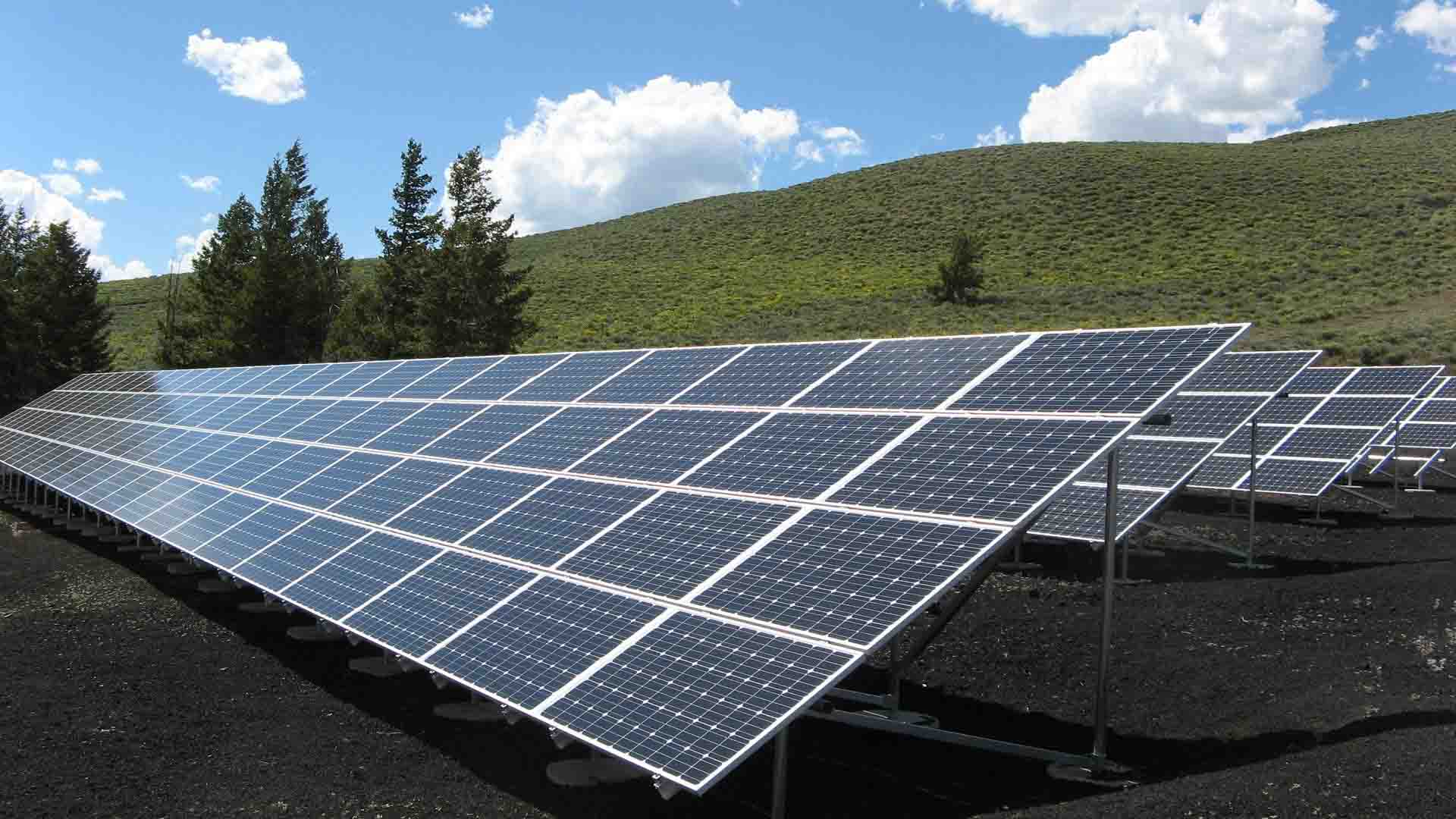
Main Differences Between AC and Direct Current
As you can see, even though all electricity we get from plants is AC you need at your home for most electrical appliances, DC has vast usage as well. But still, the big question is can we switch to using only one? Let’s see what are the main differences, advantages, and disadvantages of both currents, and we can go from there.
| AC | DC | |
| How much energy can it carry? | AC can be transferred over large distances and provide more power | It can not travel far until loses power |
| How the current is made | Rotating magnet along with the wire | Steady magnet along with the wire |
| Frequency | 50Hz or 60Hz depending on the country | Zero |
| Current | Magnitude varying with time | Constant magnitude |
| Advantages | High voltage means less power loss, it is easy to shut down while power is flowing and it is easy to transform. | There is no reactive power created, or advance or delay in the circuit. It can store electricity. |
| Disadvantages | Need higher voltage than the target voltage; It is affected by coils and capacitors; Not good for ultra-long transmissions. | Hard to convert voltage, difficult to interrupt current, electrolytic effect is strong. |
What is High-Voltage Direct Current (HVDC)
René Thury, a Swiss engineer, invented a way to create a High Voltage DC or HVDC. He used motor-generators to create an HVDC system back in the 1880s, and this system could transmit DC over long distances. However, thanks to the expensive maintenance of the system, HVDC was never used in over a century. Nowadays, as technology has evolved, HVDC has become applicable. So is DC more powerful than AC? In HVDC, you can transmit a large amount of DC to far distances.
The HVDC lines are less expensive, and there is lower energy loss compared to AC lines. However, HVDC systems are costly in other aspects, and so far, it can be beneficial only to transfer large amounts of power to ultra-large distances. In HVDC systems, AC is changed into DC in order to travel far distances, but on the receiving end, it is again transformed into AC. In HVDC, you need a rectifier terminal that changes AC to DC and vice versa on both ends, which is costly.
Here are the main advantages and disadvantages of HVDC.
| Advantages | Disadvantages |
| Lower number of conductors and insulators are needed | Converter substations are placed on both ends, increasing the cost |
| Towers are less costly | Inverter and rectifier terminals need expensive active filters to reduce the harmonics |
| losses are reduced | Inverters have limited power supply |
| There is no reactive power | If anything happens in AC substation, it will affect the HVDC substation near |
| Accurate flow | Circuit breakers used for circuit breaking are very expensive |
| Good for connecting distant geographical regions | There are no transformers for voltage change |
| Heat loss produced in converter substation needs cooling with very expensive cooling systems |
What Is the Difference Between Power Supply and Which One Can Exercise Better and Safer Transmission?
Maybe you already have an idea why is AC used over DC. But let’s explain it in more detail. The main reason is the safer and cheaper transmission from the plant to your home. AC is more convenient for safely transmitting large amounts of energy. And even though HVDC can transmit a larger amount than AC, installing these systems is still very expensive. Still, HVDC is regularly used to transmit large amounts of power between countries with minimal losses.
So is AC better or DC better? Well, the main reason why AC powers all our homes is because of its ability to change the voltage easily. In fact, all our homes are powered by decreased AC voltage that is reduced to 120V or 240V depending on the country. That is done through transformers, so high voltage AC enters the transformers, gets reduced to lower voltage, and then sent to our homes and buildings. DC can not change this so easily, which is why it is not used for powering our homes.
Do We Use AC or DC in Our Home?
Is AC or DC used in homes? Well, both AC and DC are vastly used. Think about all the electrical appliances you have that need batteries. All those devices need DC for battery charging. This is usually done through adapters that change AC we have in our plugs to DC. But we can fairly say that the future of our homes is in smart energy metering and energy consumption and that even now, many house appliances use DC as their main source.
For example, if you like to connect LED light stripes in your house, you will need an AC-DC adapter. This adapter will be plugged into your wall and receive AC power, while the adapter will transform this power (lower the voltage) into DC, and your LED strips will run on DC power. But LED lights are not the only devices we use in our homes that need DC – there are flat-screen TVs, alarm systems, and so on.
For now, we need AC for most appliances. But nowadays, smart energy consumption is the main goal not only for the final users but for the big tech companies who are inventing new ways in which our home energy consumption can become less expensive, by producing appliances that can run smaller voltages. One solution to achieve energy-efficient consumption is through a smart home automation system. Home automation can lead to smarter usage of your energy in your home. If smart home systems become part of the smart grid, the energy will be used much more efficiently. Take a look at this video explaining the smart grid.
AC vs DC – Which One Holds the Future?
If we look at the final user or the energy, it could be said that the future is in DC. Delicate electronics need the stability of DC in order to function better, and the energy consumption is lesser. On the other hand, AC is still the best way to carry a large amount of power over long distances, and it is easier to control (you can easily change the voltage). And even though HVDC has huge potential, it is still too expensive a system to be integrated into all areas.
The future lies in the combination of all technologies into the smart grid. A smart grid is an electricity network that allows a two-way flow of electricity and data, where plants will gather data from your smart home to see what are the peaks of consumption. By measuring energy, plants will, together with users, manage when is the best time to spend the energy.
If we combine this with sustainable sources such as wind and sun, the smart grid will know when is the best time to use each one of them. And this will only be possible if users have energy meters in their smart homes to send the data back to the grid. So, in essence, when there is no wind, a smart grid will tell the plant to send more energy, while on a windy day, it will say to lower its production.
Also, sustainable sources such as solar and wind produce DC, and it can be possible to make all plugs in your home DC so it could be used in all appliances without the need for transformers and adapters. With this strategy, losses in transforming AC to DC will be reduced as well.
Conclusion
As you can see, the future looks bright for both AC and DC, and we will probably need both of them for now. But if we make our cities smart alongside homes, we will spend energ more effectively.
